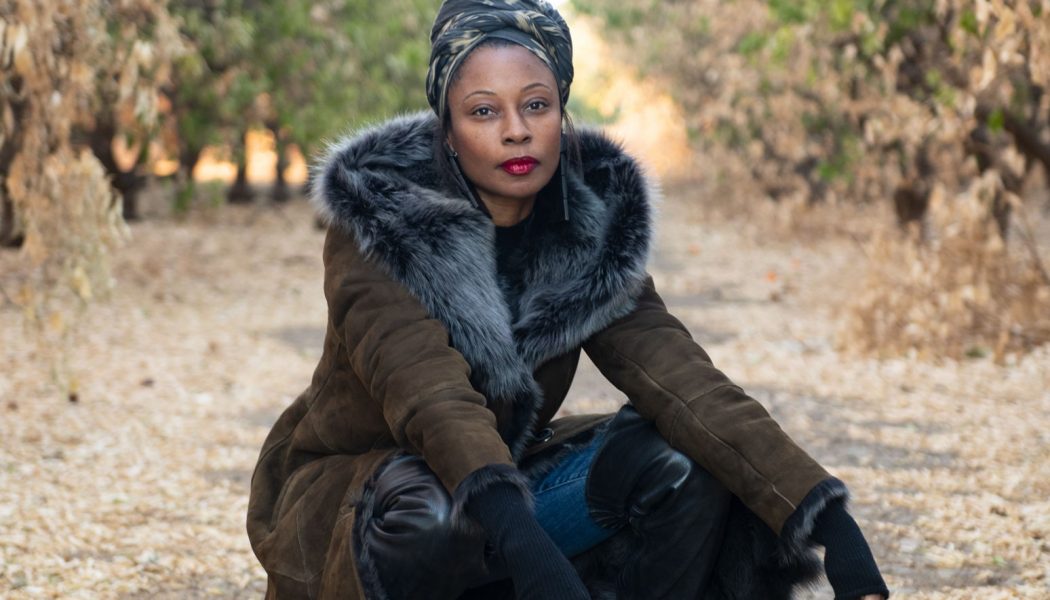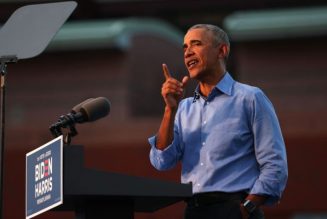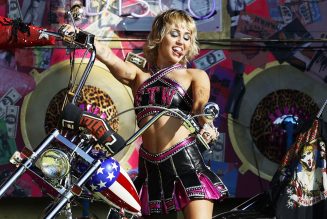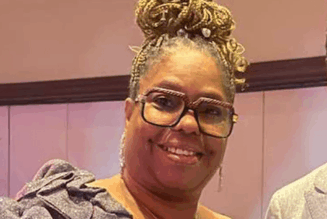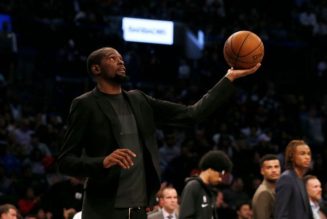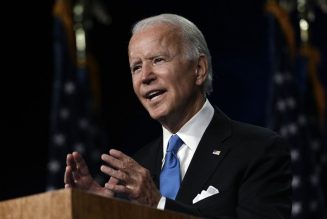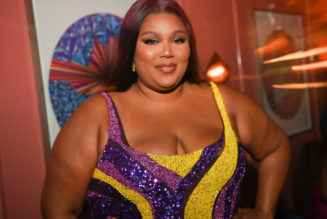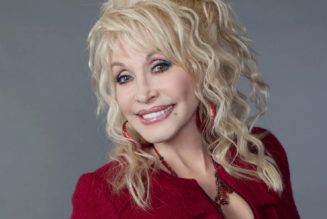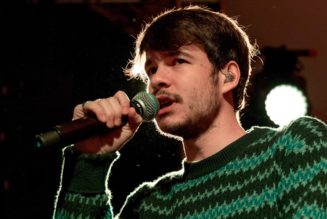
Robinson’s particularly busy March continues with this Sunday’s Grammy Awards, for which she is a creative producer; after that, she’s got Space Jam 2 (for which she made a dance number for star Don Cheadle) and Queens, an ABC pilot starring Brandy and Eve. While taking a breath at her Ojai, Calif. home, she spoke to Billboard about stepping into some big shoes as C2A’s choreographer — and revealed some surprises in store at the Grammys.
Choreography was a major part of the original Coming to America — and it was created by none other than Paula Abdul. What impact did it have on you?
I mean, it’s so incredible what she created — the dance stands up today. So it was a little daunting to think I had to go up against that. I watched it so many times growing up. Busta Rhymes’ “Put Your Hands Where My Eyes Could See” [which Robinson choreographed] was an homage to that. It’s such an iconic reference for dance. So taking it on was a little like, ooooh!
How did it end up inspiring Busta’s video?
That was all [director] Hype Williams – he came up with that concept and I was like hell yeah! I mean, who better to do it with, an amazing artist like Busta with an incredible presence. It was the first time he’d come into a rehearsal studio to dance, and he was like, “What is Hype getting me into?” But I kinda showed him what we were going to do, and he couldn’t believe how quickly he caught on.
Movement is a big part of the new film, even in little moments — like the fact that Wesley Snipes does a little dance every time he shows up onscreen as General Izzi.
General Izzi, we just wanted him every time he showed up to the scene to have this ….presentation. He doesn’t just walk in — there’s a whole spectacle before he gets there. I went in the studio and did it with the dancers, and then we’d show Wesley on set and he’d go “Okay, let me try this.” To be honest he’d give us different things on different takes – he kept finding different ways to make it funny. His comedic timing is so fantastic.
And then there are the big scenes, like the king’s funeral, in which you have big ensemble dancing but also mini performances from En Vogue and Salt-N-Pepa. What was it like coordinating all that?
We had no previous rehearsal with En Vogue or Salt-N-Pepa — I’d just stage it when I got [to set] so it all made sense. Enlisting En Vogue was like, we have to find an artist James Earl Jones would have liked in his day, but then we have to also pay homage to African dance. It was all done in these bits and pieces, and then we’d rehearse on the stage to put it all together to make it fit and work.
Has African dance always been at the core of your work?
For sure. I’m a hip-hop choreographer ’til I die, and African dance is really just the mother of hip-hop dance. When I was younger, we’d go to all these clubs to dance all night, and I remember when I started taking African dance classes we were doing the same moves but the dance had so much more meaning. It was dance that would be done before a wedding ceremony, or at a funeral, those kinds of things. It was amazing to see that you’ve taken us out of Africa but we still have it so deeply rooted in us — it just came out in a different genre, in a different way. So it’s always been the foundation for me, and I revisit it often.
You’re known best for your work in the R&B and hip-hop world, but you’ve also choreographed for many more unexpected artists, like Lana Del Rey (“Doin’ Time”) and HAIM (“If I Could Change Your Mind”). How do they usually come to you?
A lot of times I’ll come in through outside sources, like the director or producer will have worked with me before. That’s what happened with the HAIM girls — the director [Warren Fu] had worked with me, and we just got along immediately. Those girls are so talented, and I’m so happy they’re performing on the Grammys as well.
But I love working with different types of artists. I met Lana shortly after the Saturday Night Live experience she had [her widely panned 2012 performance on the show], and our relationship became more talking through performing and what it feels like and means and the best way to interpret the song. The approach for her was so different from someone who’s looking to straight dance. That’s what I love about what I get to do: each artist I get to pull out what they naturally have. I love finding that balance of pushing them to do a bit more but staying true and authentic to them. I’m like a coach, like a therapist.
Now you’re a creative producer for the 2021 Grammys. What does that role entail, and how did it come about?
I’d worked with [longtime executive producer] Ken Ehrlich over the years as a dancer, choreographer, creative director, always coming in from the artist side, but I’d never come in as a producer. I got a call from the new executive producer, Ben Winston, who created this team of five creatives, and I happen to be one. Sometimes we’re just liaising with the creatives the artists bring in, facilitating all their needs with content, with stage design and lighting; other times there’s lots of decisions that need to get made about why we should or shouldn’t do a certain performance.
This year has been super-duper collaborative with the artists and managers and Ben — he really gets it, and he leads with such compassion. There’s no ego there. He’s taking on ideas; he listens to everything even if it’s not something he exactly agrees with.
You were the creative mind behind one of the most memorable and meaningful awards show moments in recent memory: Kendrick Lamar’s epic 2016 Grammy performance. How have you and the creative team thought about this year’s performances and how they should address the turmoil of the past year?
For sure, we did not want to ignore what was going on in the world. I created a performance for Lil Baby; among the songs that came out during the Black Lives Matter protests, [“The Bigger Picture”] just touched so many people. We have an incredible performance for him that I was happy to be able to spearhead.
I have to say, I’ve been in rehearsal all week, and people are going to be really surprised. Ben has taken this idea of a community creative team into the Grammys [itself]. It just feels good to see artists come together and support each other. I’m working a little bit with HAIM, and they’re just rocking out and doing their thing. And this year has been wild with how many artists have passed away. I think we’ve done an incredible In Memoriam that really touches the heart.
I have to ask: have you been involved at all in the last-minute Silk Sonic performance coming together?
Oh no, that’s all Bruno [Mars]. That’s all Bruno. [laughs]
